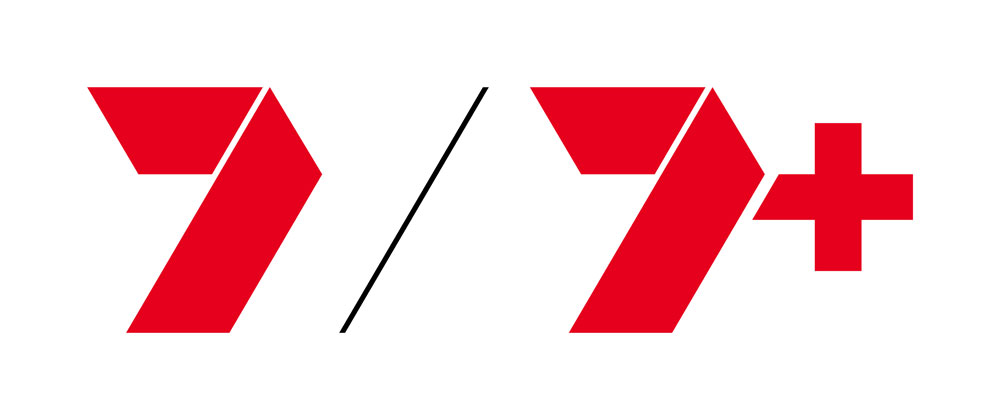Web 3 is ushering in an era of open data and consumer control- here's why that's a good thing for brands building customer loyalty
An Mi3 editorial series brought to you by
7 / 7plus


SxSW Sydney opening night.
The future of Web 3 is open data enabling consumers to control what information they share and who they share it with. It’s a progression that could finally give brands the key to understanding the things that matter most to their customers, per several pundits speaking at this year’s SXSW Sydney event. But gaining loyalty off the back of such insight will only be achieved if brands are willing to also embrace the two-way value exchange, partnerships and experiences required along with it.
What you need to know:
- The advent of Web 3 is paving the way for a new era of open data platforms where consumers will finally wrest control of their own data, and who they share it with.
- Industry pundits including Wunderman Thompson’s global head of emerging channels, Justin Peyton, believe this will trigger a transformation of the customer loyalty program market, which remains fraught with challenges thanks to fragmentation, closed ecosystems, restrictions around partners data sharing, and a perceived lack of benefit and two-way value exchange.
- By giving consumers the power to control their own data and share it with the brands they choose to, industry also believes brands may finally have a way to gain access to data insights that matter: Those that can help them understand the motivations and preferences of their customers in order to deliver true two-way value.
- Digital tokenisation, rather than NFTs, is expected to become a key technology enabler in driving this new wave of loyalty based on experiences consumers desire, rather than digital assets representing pure transactional or commercial gain.
A world where consumers finally take control of their own data and consent to share – or not share – with brands is the direction Web 3.0 is inevitably taking us in.
And that’s a good thing for brands, says Wunderman Thompson global head of emerging channels, Justin Peyton. The US executive took the WPP House stage on day one of the inaugural South by Southwest Sydney festival to discuss why Web 3 is important to underlying business models and customer gain, despite skepticism around its flashier external manifestation in the metaverse.
For Peyton, a data-driven economy is a world where open data becomes a must. This is distinctly different to first and second generations iterations of the Internet, where data ownership and related economic benefit remained in the hands of a select few digital giants and technology companies.
“Just think about AI – it’s feeding on and is being trained on masses amounts of data. This is the foundation of our society. Yet data remains very closed and siloed into a few walled gardens,” Peyton said. “For the most part as a consumer, you don’t own your data. That is a strange thing to think about.
“This is for your own good right? It’s really convenient to just click and sign in, after all. But if you’re a brand, it’s a double-edged sword – it makes an experience easy and frictionless, but what do you get out of it? Less information.
“Open data – where my data and all the things I do and interests I have belonging to me and I can just connect my data where I please – offers huge amount of promise to brands. That promise is to understand who that person really is.”
According to Peyton, marketers throwing investment dollars into first-party data strategies might have the right idea about data being the source to better personalisation. But he believed they’re already hitting their limits.
“This is failing to provide brands with the true insights and information necessary to a two-way value exchange with customers,” Peyton said. “What I often hear is the data brands can get and that people are willing to give them is quite limiting – name, contact details, demo, income, guess some from address, past purchase data. What does that let you do? Not very much.
“The interesting data is understanding motivations, behaviours, contexts and why people make decisions. By knowing who I am, you can send me an email with my name on it. By knowing things that motivate me, you can personalise something to make it a useful service for me and show how a product is useful in my life.”
Thanks to large language models, data living in the hands of the consumer who then gives brands an ability to connect into it, will make it possible for more marketers to infer motivations that have only been apparent to the likes of Facebook until now.
“That is the direction of travel. We have gone from websites where we read something, to apps, software and the ‘appification’ of everything. Now we’ve gone to this modular element, which is more componentised and more reuseable. Open is inevitable. It just is,” Peyton said.
The interesting data is understanding motivations, behaviours, contexts and why people make decisions. By knowing who I am, you can send me an email with my name on it. By knowing things that motivate me, you can personalise something to make it a useful service for me and show how a product is useful in my life.
Why the future of Web 3 is about loyalty
Yet adoption isn’t going to happen just because the industry seems to have landed on a better technology, Peyton continued. It’ll only happen when experiences feel more valuable to the consumer.
This is where he and other speakers at today’s event see a new impetus to transform customer loyalty approaches. Peyton said global investment figures show double-digit growth rates into loyalty programs right now as brands attempt to find ways to gain more customer data by providing some kind of benefit.
“Loyalty is the most data-demanding category there is – how do you drive loyalty, but ultimately how to figure out customer lifetime value, is critical to businesses and how they invest,” Peyton said.
Yet current customer loyalty programs efforts are plagued with problems. One is fragmentation: Today, average consumers belong to 18 or 20 programs but regularly participate only in a few. The second challenge is closed ecosystems, according to Peyton, while the third is the perceived lack of benefit to the consumer.
“We know innately loyalty is reciprocal,” Peyton said. “But when we talk about brand loyalty, a lot of time and the way people feel is that value goes only in one direction.”
Complexity in partnerships and data sharing is a further challenge. This is where open data sets, Web 3’s decentralised approach, digitised tokens and immersive experiences could change the game.
“Open data offers us the opportunity to do better. To deliver richer, frictionless experiences and better value,” Peyton said.
As an example of what’s on the table with Web 3, Peyton pointed to luxury brand, YSL, which began offering smart tokens to perfume buyers in exchange for making a purchase, thereby establishing permission for engagement.
“However, the audience they want to talk to are interested in more than beauty – they might be interested in music, food, travel. So YSL created a token that allowed the brand to create open rewards structures and partnerships with restaurant dining experiences, music clubs and first drops from artists. It’s a whole different way of creating partnerships allowing other brand categories into the frame,” Peyton said.
NFT 1.0 is dead
Like Peyton, COO of Web 3 media platform SmartMedia Technologies, Matt Hunt, also sees the next evolution of the Internet as one that’s more user centric and restores the balance in terms of value created.
“The fundamental difference from Web 2 and Web 3 is it’s shifting us into a different framework where we are all rewarded better. It’s not a technology revolution, it’s a movement by people saying they want control of their data and things should be done differently. Tech then enables it to happen,” he said.
For Hunt, the reward isn’t about pure monetary value either. For example, while flagging Nike’s creation of a $185 million business off the back of its digital community and its NFT strategy as a solid commercial play, Hunt called time on current NFTs. Instead, he spruiked digital tokens driven by experience-led value as the best way of winning customer loyalty in the future. I.e. convincing people to use their tokens by giving them genuine utility, not sit on them hoping to get richer.
“What history tells us is we’re only at the very first part of this,” he said. “I think NFT 1.0 is dead. When you have tokens tied to some sort of monetary value and you’re thinking that might increase in value, you’re in a speculative market – and that business model has proven to be challenging.”
Hunt reckons Starbucks, which boasts of 30 million users in its loyalty program, and its efforts to adopt digital tokens, is an example of where the industry is headed. The QSR has offered up 2,000 digital collectibles to members to unlock $100 worth of experiences.
“It’s proven hugely successful because it’s shifted the value proposition away from owning a token, because I think it’s going to be worth more in the future… and moved it into how you create utility and value from that token by getting people to do the things I’d like them to do as a brand,” Hunt said.
PII party
Another example of an evolving customer loyalty program presented by fellow speaker, SmartMedia Token Labs CMO, Brent Annells, is Catchmax’s tokenised membership program. Created for high-profile cricketer, Glenn Maxwell, the program has more than 20 partners across the cricket ecosystem and 20,000 signed up consumers. At its core are digital tokens sitting in the member’s mobile wallet or web browser acting as both a membership pass and point of data integration.
At a technical level, issuing tokenised passes directly to the user to control means the program has overcome the challenges of PII data sharing and data usage commonly manifesting when multiple partners come together to offer one seamless loyalty experience. In practice, this means personalised, dynamic offers can be served directly to members visiting ASIC, Cricket Australia, Kayo Sports or other partner websites.
“This has nothing to do with NFTs, or collectibles – it’s a tokenised membership pass,” Annells said. “Up until this point in Web 3, we thought it was [about] trading cards or about collectibles. We’re moving to tokens as an object of integration that create a better user experience and outcomes for all partners.”
